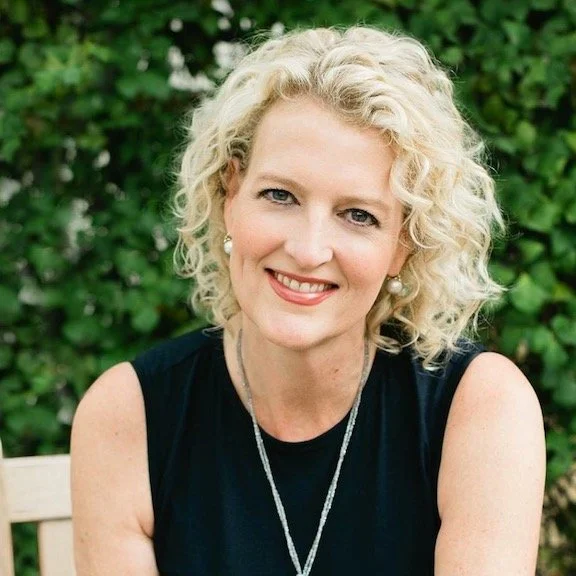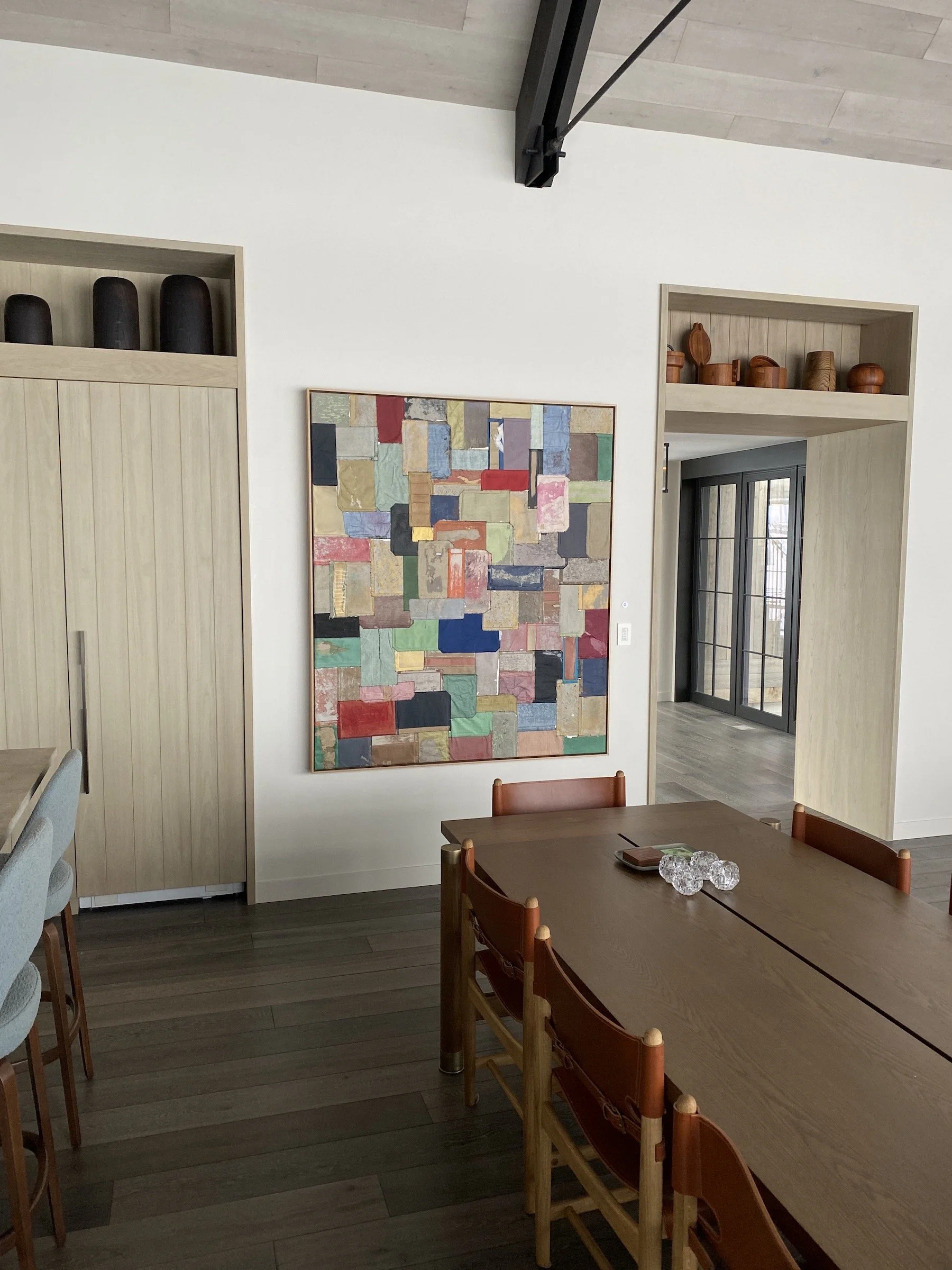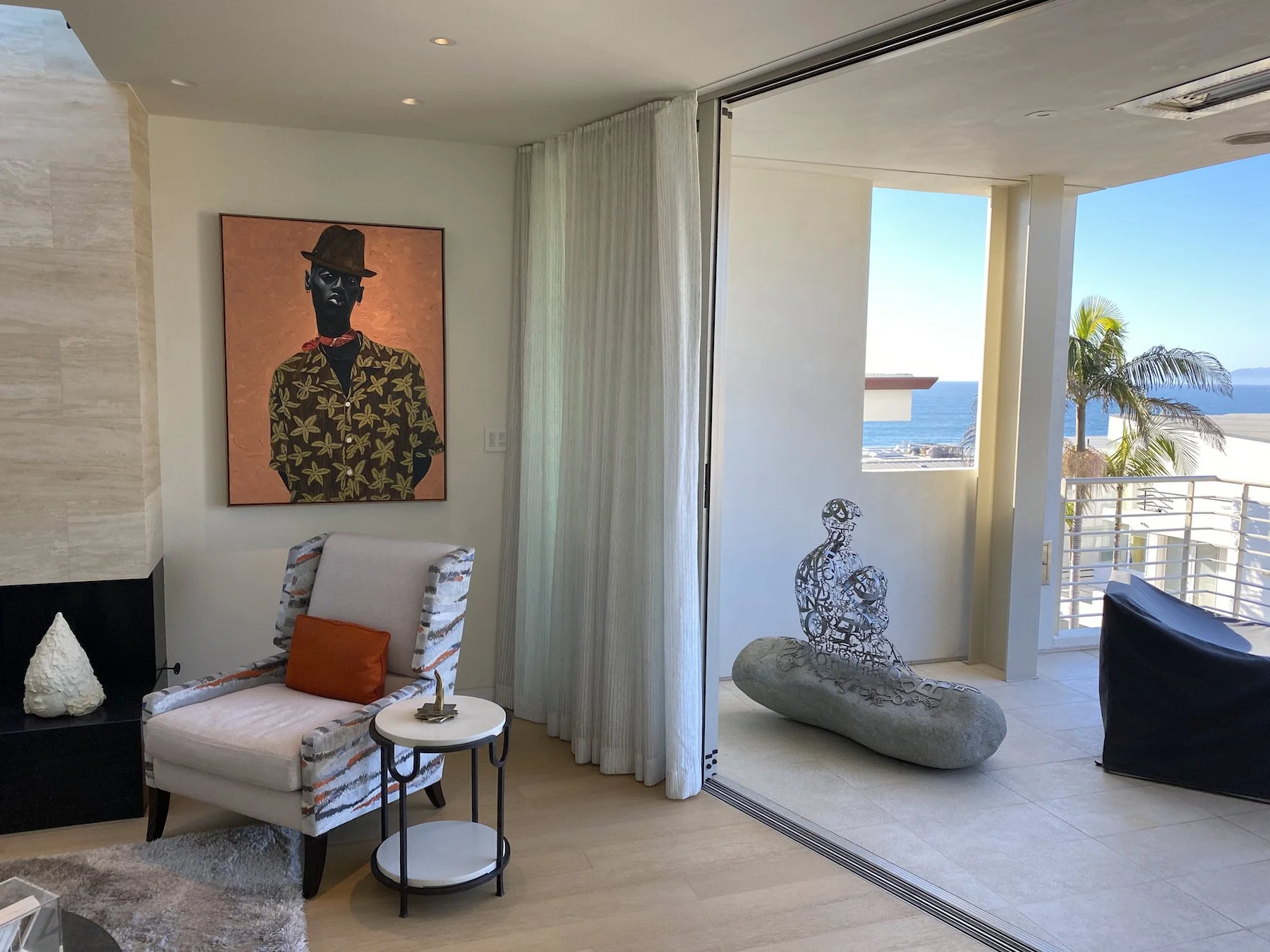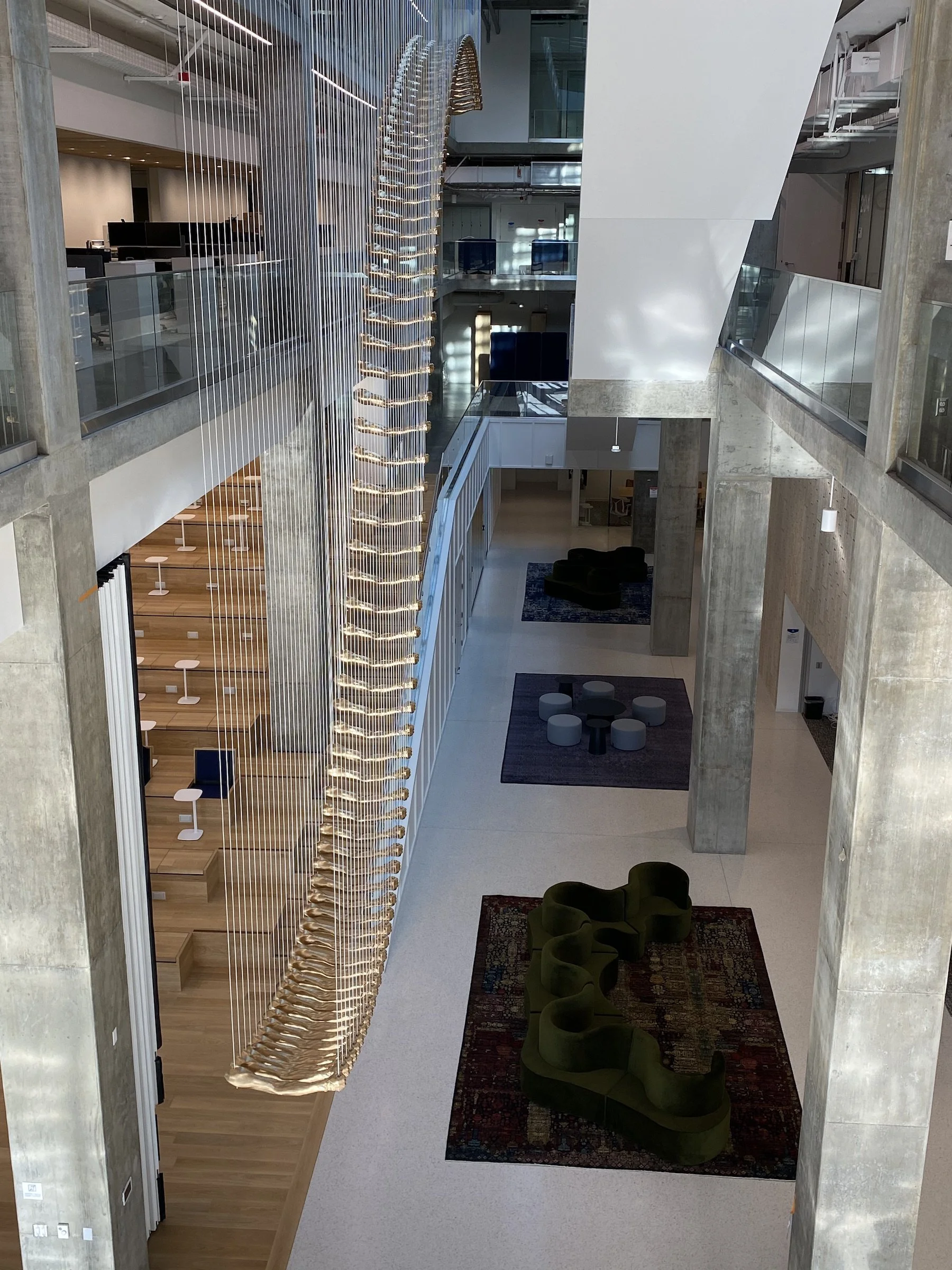The Advisor: Victoria Burns
Many people don’t want to just write a check — They want to know where their money is going and what its impact will be.
5 QUESTIONS WITH VICTORIA BURNS
Principal, Victoria Burns Art Advisory; Co-Founder, Angeles Art Fund
Los Angeles, CA
Photo Credit: Lauren Pressey
Victoria Burns has a degree in art history from Northwestern University. After having lived most of her adult life in Chicago, with a brief stint in Berlin, she moved to Los Angeles in 2010.
Burns has over 30 years of experience in the international art market. With a commitment to connoisseurship and investment portfolio development, Burns advises both new and experienced collectors on building art collections that reflect the client’s personal vision, enhance their home or office environments, and contribute to their wealth. She consults on the acquisition of objects in all media, with an expertise in Modern and Contemporary Art. Burns has long-standing relationships with top international art galleries, museums, auction houses and private dealers, and attends major arts events, insuring her access to the best material on the market.
Throughout her career, Burns has advised corporate clients on fine art acquisitions and educational programs for their employees. Clients include: the Kaiser Permanente Bernard J. Tyson School of Medicine, the MacArthur Foundation, Harris Associates, Children’s Memorial Hospital, Northwestern University’s Kellogg Graduate School of Management, and Hines Developers among others. In addition, Burns has also advised private clients in Los Angeles, Vail, Detroit, Chicago, New York City and Miami.
Burns is an Executive Board Member of The Association of Professional Art Advisors. She is also a member of Art Here and Now and the Modern and Contemporary Art Council at the Los Angeles County Museum of Art, and is a member of the Hammer Fellows at the Hammer Museum. Believing passionately about supporting artists as part of strategic philanthropy, she is also a partner with the VIA Art Fund and a Co-Founder of Angeles Art Fund.
1. As an advisor, you have said, "I look for artists whose work fits into the trajectory of art history but somehow challenges what we already know." How do you bring this philosophy to your work with collectors?
Many collectors have never studied art history. While standing in front of a work of art, I often pull out my iPad, and show references or influences that come from older works of art to help educate my clients on the spot. But then I will describe how this piece we are studying has turned that previous work on its head or reinterpreted the subject matter so as to give it new meaning.
2. Several folks described a shift in focus towards supporting local artists during the pandemic. Now that the traditional global market events are coming back, do you see a tension between supporting the local arts ecosystems and returning to the globalization of the art market?
Absolutely not. Ironically almost every gallery I work with on a regular basis has done better during the pandemic. I think it is always important to support local galleries as they play an important role in the global art ecosystem. I always encourage my clients to visit local galleries with me, whenever possible, since it is always better to see the work in person rather than experiencing it digitally.
3. You were the curator of the seventh iteration (April 2021) of The Billboard Creative (TBC), a non-profit organization that turns billboards into public art sites. The goals of TBC are “to help emerging and underrepresented artists break through traditional career bottlenecks by raising their profile with the public and the arts community, and to bring art to city streets making it as accessible as the numerous billboards we view every day.” How can public art best serve as a vehicle to promote artists to the general public?
That depends. Sculptures in front of buildings, or in town squares can delight the public, but what really makes a difference is when the work enlightens them. For public art to be a vehicle, I think when it's interactive, thought provoking or poignant, people tell their friends and the crowds show up in droves. Think of Yayoi Kusama’s mirrored rooms, Hank Willis Thomas’ The Truth Booth, Doug Aitken’s Mirage, Ai Wei Wei’s Berlin Project or Krzysztof Wodiczko’s projections on building facades.
4. You co-founded the Angeles Art Fund, a giving circle connecting art patrons through direct engagement with and support of artists, curators, and non-profit spaces that reflect an interest in social justice. Arts Funders Forum research has told us that arts supporters - particularly next generation funders - want more collaboration, partnerships, and new funding vehicles in arts philanthropy, particularly to democratize access to cultural philanthropy. What have you witnessed with the Angeles Fund model?
Many people don’t want to just write a check. They want to know where their money is going and what its impact will be. I find many people want to learn more about art and want to support creative activity that has meaning. This is especially true today, where there are so many issues, from economic disparity to climate justice, ongoing race issues to societal polarization. Our fund supports artists and arts nonprofits whose projects help educate the public through their work, but not in a “woke" way. Their work teaches you more than you knew, makes you feel, creates empathy and community. In LA, I am particularly impressed by the work of two of our grantees, The Underground Museum, and The Mistake Room in this regard.
5. The first year of the pandemic, 2020, was a record breaking year for overall charitable giving in the U.S., but giving to the arts declined by over 7% (one of the two charitable sectors out of nine that saw a decline). This illustrates that those who can give do so in times of crisis — when need and relevance are clearly communicated. We know from research that in order to show relevancy - and attract next gen advocates - it is vital that the cultural sector demonstrate how it drives change in areas of our most urgent global challenges. How does the sector best make the argument for its importance in a rapidly changing global landscape?
Arts organizations are often the first to move into run down neighborhoods and within a few short years, restaurants, services and development appear and create massive change and economic growth. It is also through all the arts, including literature, film, live theater, art museums, public art and music, that people feel their humanity. Look at COVID as a great example. People were forced to stay in their homes during its darkest period and people read more books and watched phenomenal film and tv in their homes to feel connected to storytelling and other’s lives. Storytelling through these art forms, fosters greater awareness of global challenges and creative solutions are explored. What would your life be like without music, film, art, fashion, theater? Colorless, lifeless, bland, silent.
Private Collection: Samuel Levi-Jones
Private Collection: Yoshitomo Nara, Otis Kwame Quaicoe, Jaume Plensa
Kaiser Permanente Bernard J. Tyson School of Medicine , Glenn Kaino “Bridge”
Private Collection: Hank Willis Thomas
The Path Forward interview series, an initiative of MCW Projects LLC, investigates how cultural and philanthropic leaders are re-envisioning the future of the arts.





